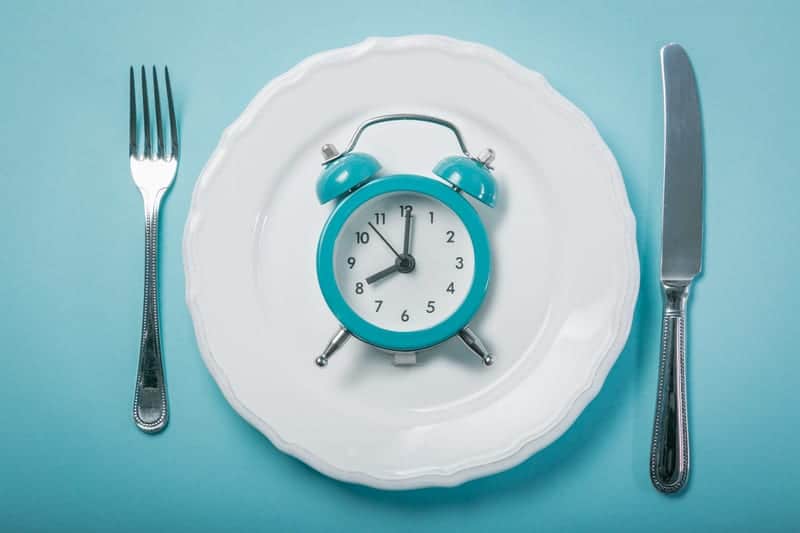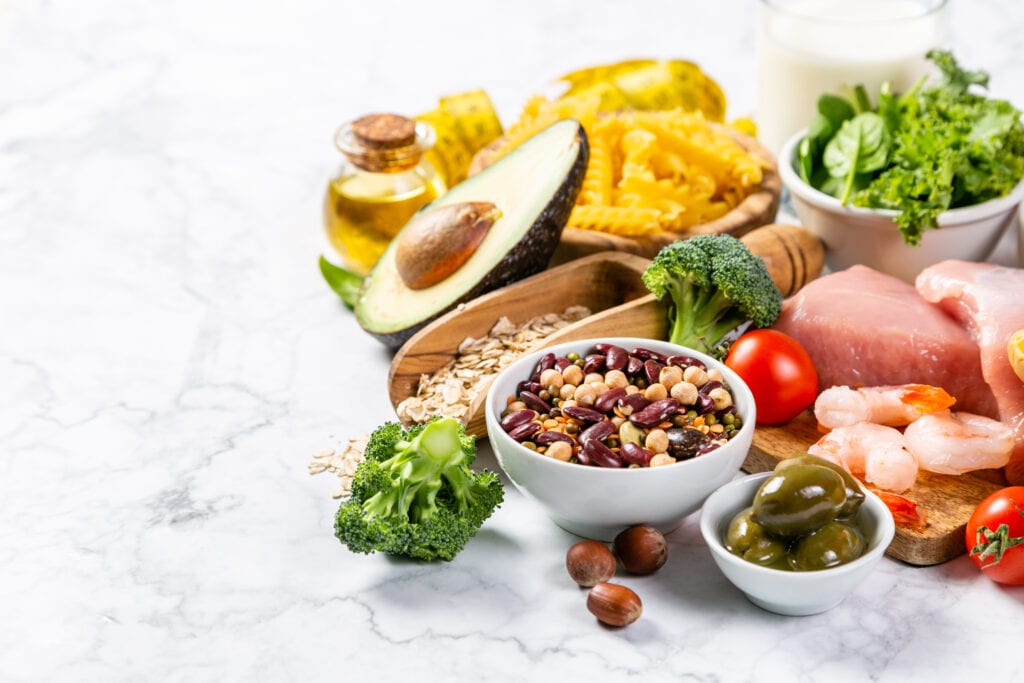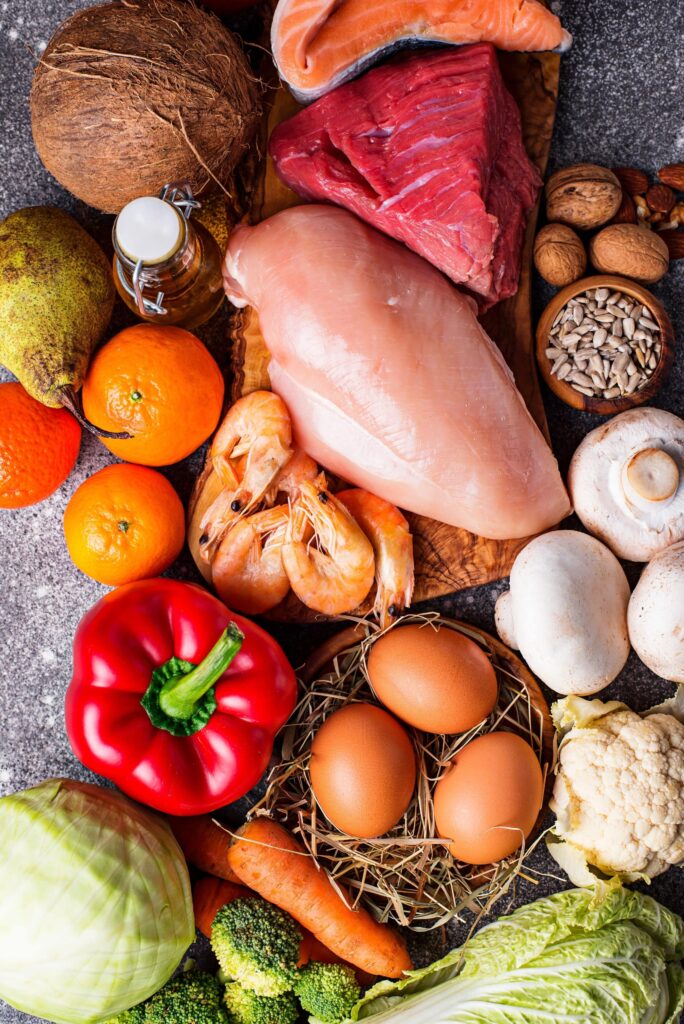weight loss
diet plans, Weight Loss
Intermittent Fasting and Artificial Sweeteners, Bulletproof Coffee, Weight Loss, and More…
Is intermittent fasting (IF) good for you? Does it work? What are some tips for success? My readers are aware
diet plans, Weight Loss
Ornish vs Mediterranean Diet, Which is Better?
What is the healthiest diet? How can I achieve sustainable weight loss? Is it possible to prevent, reverse
diet plans, Weight Loss
My Whole30 Summary
Disclosure: This post may contain affiliate links, meaning, at no additional cost to you, I may earn a commission if
Weight Loss
Best Cleanses and Detoxes for Weight Loss
Disclosure: This post may contain affiliate links, meaning, at no additional cost to you, I may earn a commission if
Uncategorized, Weight Loss
Are Rasberry Ketones Safe While Pregnant Or Breastfeeding? Do They Work For Weight Loss? Are There Side Effects?
Disclosure: This post may contain affiliate links, meaning, at no additional cost to you, I may earn a commission if
Nutraceuticals, Weight Loss
Apple Cider Vinegar Genital Wart Removal, Weight Loss, Sebaceous Hyperplasia, And More Surprising Uses
Are you ready to get your hands on one of the hottest supplements available today? Apple cider vinegar (ACV)







